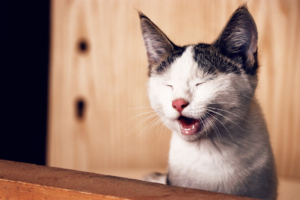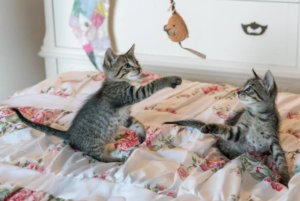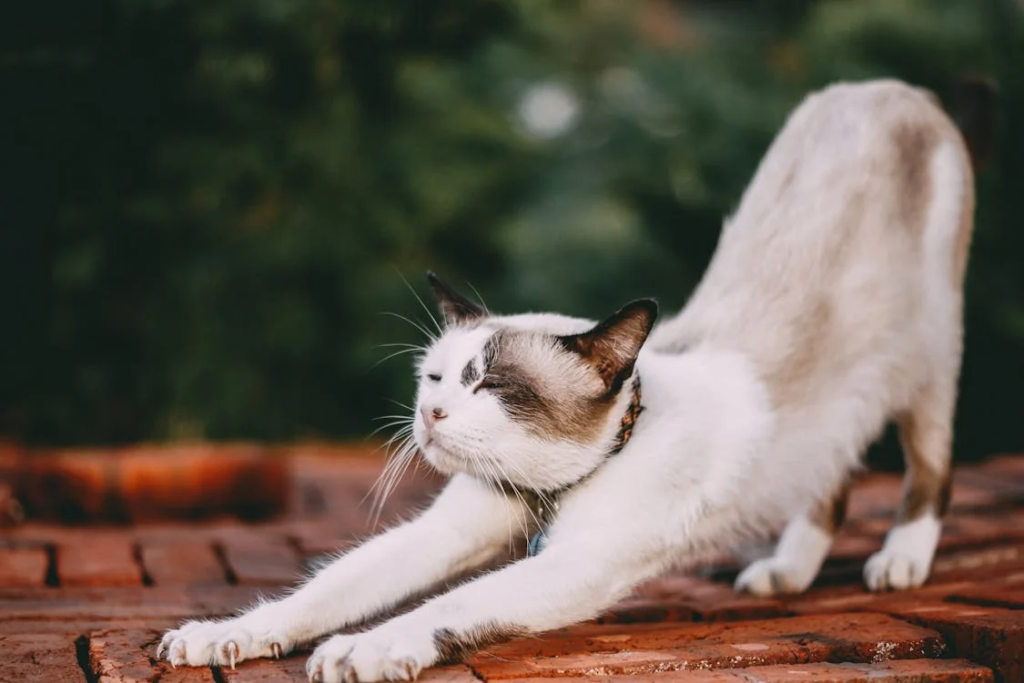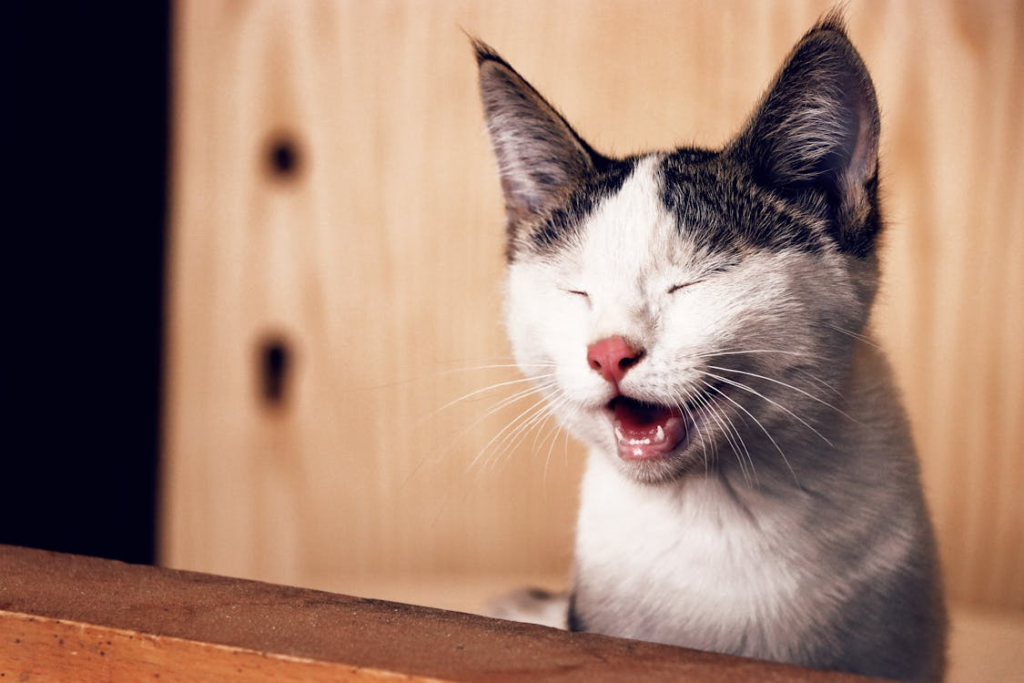Food allergies can be a frustrating and uncomfortable experience for cats and their owners alike. This comprehensive guide will explore the causes, symptoms, diagnosis, and treatment of food allergies in cats, providing you with the knowledge needed to ensure your feline friend’s health and comfort.
What Are Food Allergies in Cats?
Food allergies occur when a cat’s immune system overreacts to certain ingredients in their diet. Unlike food intolerances, which are digestive issues, allergies involve the immune system and can cause a range of symptoms beyond just gastrointestinal distress.
Common allergens for cats include:
- Beef
- Dairy products
- Fish
- Chicken
- Eggs
- Wheat or gluten
It’s important to note that these are not the only potential allergens, and any protein source can potentially cause an allergic reaction in sensitive cats.
Recognizing the Symptoms of Food Allergies in Cats
Identifying food allergies in cats can be challenging, as symptoms can mimic other conditions. Common signs include:
- Skin irritation and itching (pruritus)
- Excessive grooming or hair loss
- Ear infections
- Gastrointestinal issues (vomiting, diarrhea)
- Respiratory problems (in rare cases)
According to a study published in the Journal of Feline Medicine and Surgery, skin problems are the most common manifestation of food allergies in cats, affecting up to 90% of cases
Differentiating Food Allergies from Other Conditions
It’s crucial to distinguish food allergies from other conditions that may present similar symptoms, such as:
- Environmental allergies
- Flea allergies
- Intestinal parasites
- Inflammatory bowel disease
Consult with your veterinarian to determine the underlying cause of your cat’s symptoms.

Diagnosing Food Allergies in Cats
Diagnosing food allergies in cats requires a systematic approach:
- Medical history: Your veterinarian will ask about your cat’s diet, symptoms, and overall health.
- Physical examination: A thorough check-up can help rule out other conditions.
- Elimination diet trial: This is the gold standard for diagnosing food allergies. It involves feeding your cat a novel protein source or hydrolyzed protein diet for 8-12 weeks.
- Food challenge: After the elimination diet, suspected allergens are reintroduced to confirm the diagnosis.
- Blood tests and skin tests: While available, these are generally less reliable for food allergies in cats compared to environmental allergies.
The Cornell Feline Health Center provides more information on the diagnostic process for feline food allergies.
Treatment and Management of Food Allergies in Cats
Once a food allergy is diagnosed, the primary treatment is avoiding the allergen. This usually involves:
- Implementing a hypoallergenic diet
- Careful monitoring of treats and medications
- Preventing access to other food sources
Choosing the Right Cat Food for Cats with Allergies
Selecting the appropriate cat food for cats with allergies is crucial for managing their condition. Options include:
- Novel protein diets: These contain protein sources your cat hasn’t been exposed to before, such as duck, venison, or rabbit.
- Hydrolyzed protein diets: These diets contain proteins broken down into small pieces, making them less likely to trigger an allergic response.
- Limited ingredient diets: These foods contain a minimal number of ingredients, making it easier to identify and avoid allergens.
When choosing cat food for cats with allergies, always consult with your veterinarian to ensure the diet meets all of your cat’s nutritional needs.
Additional Management Strategies
In addition to dietary changes, other management strategies may include:
- Omega-3 fatty acid supplements to support skin health
- Topical treatments for skin irritation
- Probiotics to support gut health
- Regular grooming to reduce skin irritation
Preventing Food Allergies in Cats
While it’s not always possible to prevent food allergies, some strategies may help reduce the risk:
- Introduce a variety of foods early in life
- Avoid overfeeding any single protein source
- Consider rotational feeding to prevent overexposure to potential allergens
Long-term Outlook for Cats with Food Allergies
With proper management, cats with food allergies can lead healthy, comfortable lives. However, it’s important to:
- Maintain strict dietary control
- Schedule regular check-ups with your veterinarian
- Monitor for any changes in symptoms or new allergies developing
According to a study in the Veterinary Dermatology journal, up to 50% of cats with food allergies may develop allergies to additional foods over time.
When to Seek Veterinary Care
While managing food allergies often involves at-home care, it’s important to consult your veterinarian if:
- Symptoms persist or worsen despite dietary changes
- Your cat develops new symptoms
- You notice significant weight loss or changes in appetite
- Your cat shows signs of respiratory distress
In conclusion, understanding and managing food allergies in cats requires patience, diligence, and often a bit of detective work. By working closely with your veterinarian and carefully managing your cat’s diet, you can help your feline friend lead a comfortable, symptom-free life.








